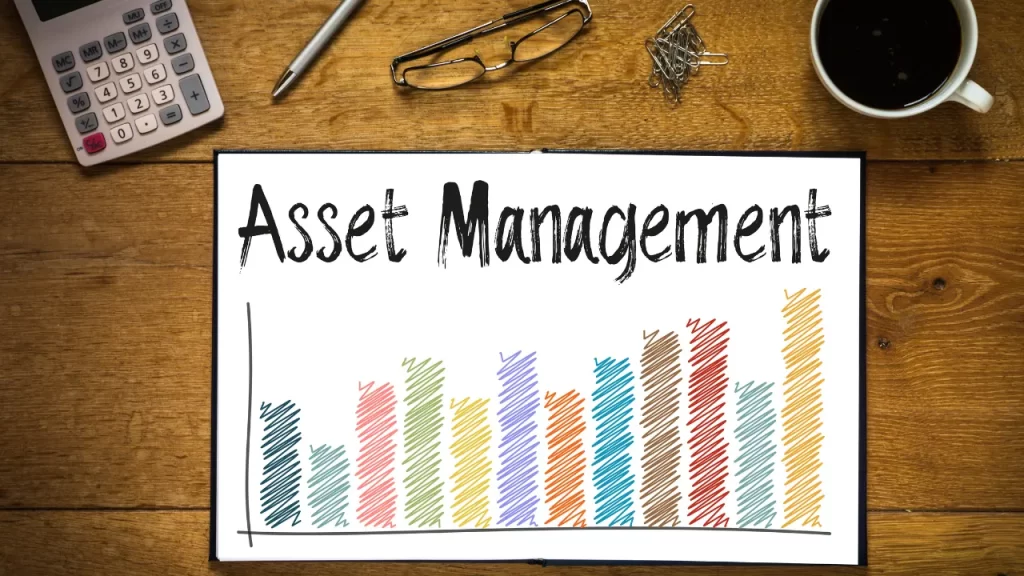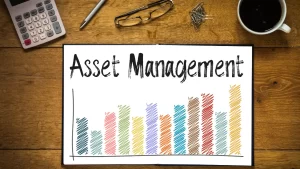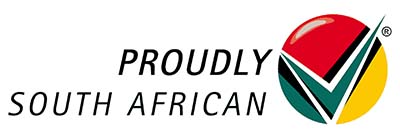Implementing Fixed Asset Management Software is a significant investment for any business. To fully leverage its benefits—such as improved asset tracking, compliance, and operational efficiency—it’s essential to follow a structured approach.
This step-by-step guide will walk you through the implementation process to ensure a successful rollout.
Step-by-Step Implementation Guide
Step 1: Assess Business Needs
Before diving into the software selection process, it’s important to assess your business’s current asset management practices. Identify key challenges, such as inconsistent asset tracking, compliance issues, or inefficient reporting.
Defining your specific goals, such as automating depreciation calculations, reducing manual errors, or improving asset maintenance schedules, will guide you in selecting the right software.
Consider questions like:
- What are the types of assets you manage (e.g., machinery, equipment, vehicles)?
- How many assets are in your inventory?
- Are there specific compliance requirements or reporting standards your business must meet?
Understanding your asset management needs helps ensure the software you choose addresses the key pain points of your business.
Step 2: Research and Select the Right Software
With your goals in mind, research the available Fixed Asset Management Software solutions. The software you choose should align with your business’s size, industry, and future growth plans. Consider the following factors:
- Scalability: Can the software grow with your business as your asset inventory expands?
- Ease of Use: Is the interface user-friendly, ensuring smooth adoption by all employees?
- Integration Capabilities: Does the software integrate with your existing business systems, such as accounting, ERP, or Inventory management systems?
- Vendor Support: Does the vendor offer ongoing customer support and regular updates?
Request demos or free trials to test how the software performs in real-world scenarios before making a final decision.
Step 3: Prepare for Data Migration
Migrating data from your legacy systems into the new Fixed Asset Management Software is one of the most critical steps. Start by cleaning and organizing your existing asset data to ensure accuracy.
Incomplete or inaccurate data can cause issues later on, so it’s essential to review everything thoroughly before migration.
Develop a data migration plan that details:
- The scope of data to be transferred.
- How data will be validated for accuracy.
- Steps for troubleshooting any issues during the migration process.
A well-planned data migration ensures a smooth transition and minimizes operational disruptions.
Step 4: Configure the Software
Once your data is prepared, the next step is to configure the software according to your business’s requirements. Set up:
- User Roles and Permissions: Define who will have access to specific data and features within the system. For example, managers may have full access to asset reports, while employees may only view relevant data.
- Workflows: Customize the workflows for asset tracking, maintenance scheduling, and reporting to align with your internal processes.
- Integrations: Connect the Fixed Asset Management Software with other key systems, such as your ERP, accounting, or inventory management software, to ensure seamless data flow across your organization.
This step is crucial for creating a streamlined and efficient asset management process.
Step 5: Train Employees
User adoption is key to a successful implementation. Ensure that all relevant employees receive comprehensive training on how to use the new software.
This includes both technical staff (who may handle system configurations) and non-technical users (who will manage day-to-day asset tracking and reporting).
Effective training should cover:
- Basic system navigation.
- How to input and manage asset data.
- How to generate reports and access key features.
- Troubleshooting common issues.
It’s also essential to provide ongoing support for employees as they adjust to the new system. This can be through in-house resources or customer support from the software vendor.
Step 6: Conduct Testing and Optimize
Before fully rolling out the software, it’s important to conduct thorough testing.
Run various test cases to ensure the software is functioning as expected and that it meets your initial goals. For example, test asset tracking, reporting accuracy, and system integrations.
If issues arise, address them during the testing phase to prevent larger problems once the system is fully live.
After implementation, continue to monitor system performance and optimize configurations as needed.
This could involve adjusting workflows, integrating new features, or addressing evolving business needs.
Challenges and Solutions
- Data Migration Issues: One common challenge during implementation is data migration. Incomplete or outdated asset data can cause problems when transferring information to the new software. To mitigate this, thoroughly review your data before migration and correct any inaccuracies.
- User Resistance: Employees accustomed to legacy systems may resist the change to new software. To overcome this, involve key stakeholders in the decision-making process early on. Providing clear communication about the benefits of the new system and offering adequate training can also help ease the transition.
- Integration Difficulties: Integrating the new software with existing systems like ERP or accounting can sometimes pose challenges, particularly with older legacy systems. Work closely with your IT team or the software vendor to resolve compatibility issues and ensure a seamless integration process.
Post-Implementation Monitoring
Tracking KPIs
After the software is implemented, it’s important to track key performance indicators (KPIs) to measure its success. KPIs may include:
- Reduction in manual errors or redundant tasks.
- Improved asset tracking accuracy.
- Time saved on asset reporting and compliance.
Regularly reviewing these KPIs will help you assess whether the software is delivering the expected benefits and identify areas for improvement.
Regular System Audits
Perform regular system audits to ensure that the software continues to function optimally. Regular audits will help you catch any performance issues early and ensure that your software remains compliant with relevant regulations and reporting standards. As your business grows, you may need to adjust the software’s configurations or add new features to support evolving needs.
Take Away
Implementing Fixed Asset Management Software requires a structured, step-by-step approach to ensure a successful rollout.
From assessing your business needs and preparing for data migration to training employees and monitoring system performance, each stage plays a vital role in optimizing your asset management processes.
By following this guide and addressing common challenges, your business can achieve long-term success with Fixed Asset Management Software, improving efficiency, compliance, and data accuracy.








